The Ring's ending provides one of the most memorable scares in horror movie history, but that often distracts from the bleakness of the story's conclusion. Based on Koji Suzuki’s novel and Hideo Nakata’s Japanese adaptation of the same name, Gore Verbinski’s The Ring was a hugely influential horror film of the early 21st century that inspired a flood of Hollywood projects that took influence from the booming Japanese horror movie industry. Apart from that legacy, The Ring is able to stand on its own as a terrific entry in the genre with an unforgettable ending.
The movie follows Rachel (Naomi Watts), a journalist looking into the legend of a videotape that's said to cause the death of anyone who watches it within seven days. Rachel explores the history surrounding the tape and, ultimately, watches it herself. Unfortunately, just as it becomes clear that the legend is no mere ghost story, Rachel's son, Aidan (David Dorfman), also watches the tape. Eventually, Rachel discovers that the origins of the curse are related to the death of a young girl — The Ring's Samara (Daveigh Chase) — and believes helping her spirit find peace will end the curse.
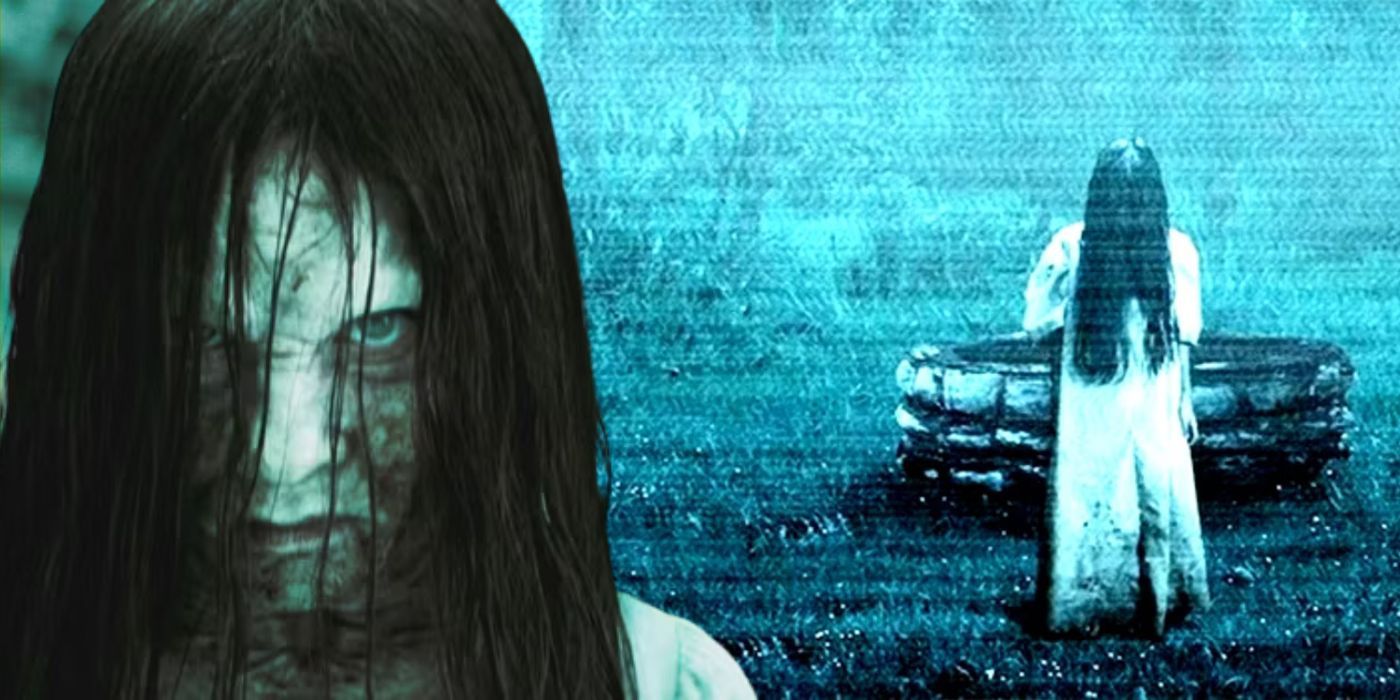
Related
How To Watch The Ring In Order (All 14 Movies)
The Ring is a groundbreaking horror franchise that paved the way for J-horror in America. Here's how to watch all 14 of its movies in viewing order.
Rachel & Aidan Pass Samara's Curse On
Making A Copy Of The Tape Is The Only Way To Survive Past 7 Days In The Ring
After retrieving Samara’s corpse from the well and arranging a proper burial, Rachel tells Aidan that the curse has been lifted because she has saved Samara and laid her to rest. However, a distressed Aidan tells Rachel that “Samara never sleeps,” meaning that she will be continuing her murder spree to quench her thirst for vengeance. In a particularly chilling sequence, Rachel's ex, Noah (Martin Henderson), is murdered by Samara in one of the best final horror movie scenes ever. Rachel realizes that she wasn't spared because she helped Samara, but because she made a copy of the tape.
Aidan asks his mom what will happen to the next viewer — but Rachel doesn't answer him.
Earlier in The Ring, Aidan watched that copy of the tape, thus saving his mom from Samara. In order to save Aidan, Rachel applies the same logic and instructs Aidan to make his own copy of The Ring's cursed tape to give to an unsuspecting stranger. In a truly haunting moment, Aidan asks his mom what will happen to the next viewer — but Rachel doesn't answer him. After everything, she focuses on protecting her own child, even if someone else will suffer. Noah's death remains a shocking subversion of the apparent "happy ending," and sets a much darker conclusion into motion.
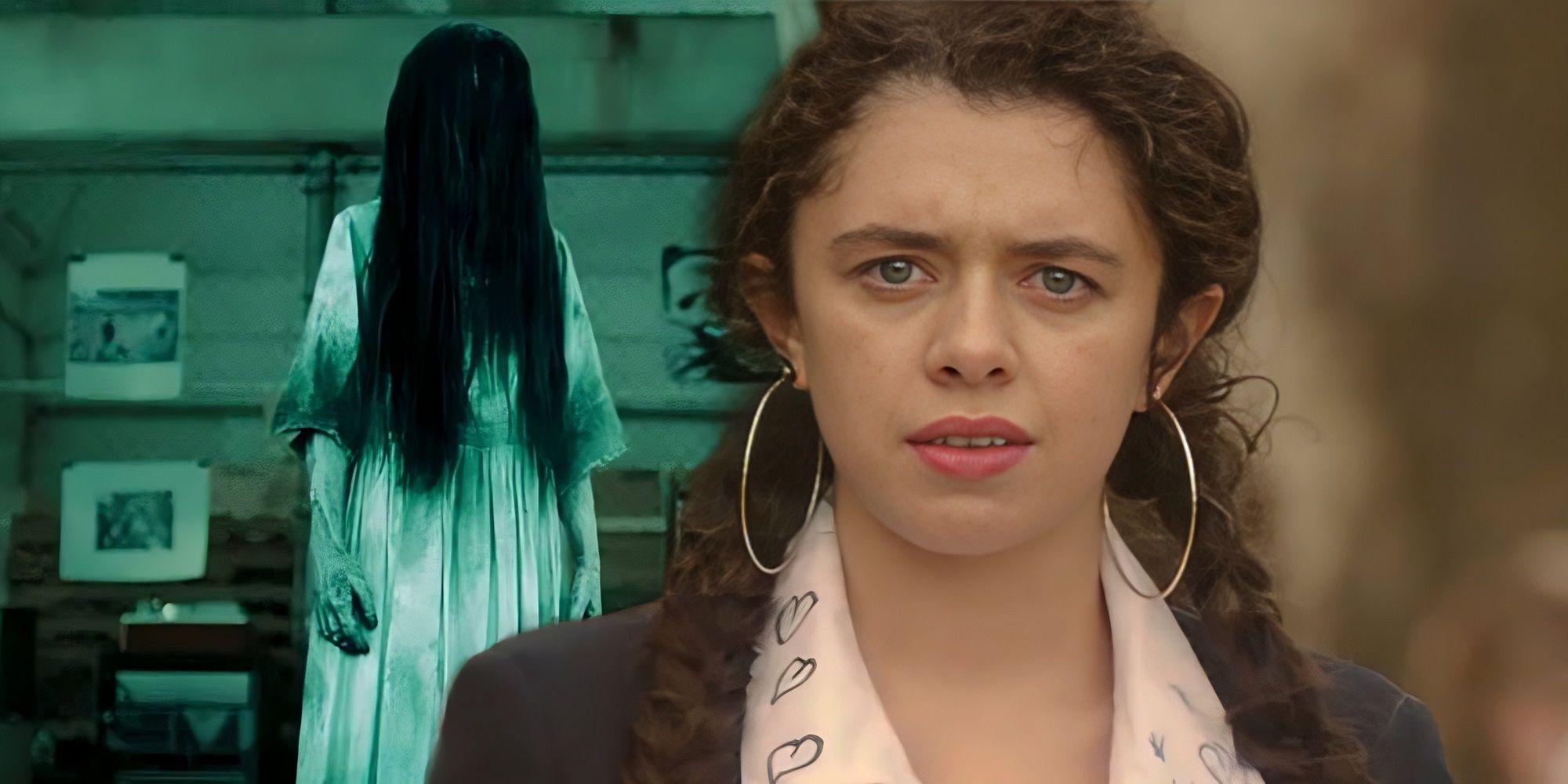
Related
Red Rose's The Ring Parallels Bring Back One Iconic J-Horror Trope
Netflix's Red Rose follows a unique storyline but shares one interesting narrative parallel with The Ring, which revives an iconic J-horror trope.
Samara Possessed Abilities That Tormented Her Parents
The Morgans Aren't Samara's Biological Parents
With the aid of her ex-husband Noah, Rachel identifies the adult woman in the cursed tape as Anna Morgan (Shannon Cochran), a late horse breeder who died by suicide after her horses drowned themselves. While Noah goes to investigate Anna's psychiatric files, Rachel heads to Moesko Island to speak with Anna's widower, Richard Morgan (Brian Cox). Eventually, the duo piece together that the Morgans adopted a child, Samara, who had a strange supernatural ability: Samara could etch images into other's minds. Using this ability, she tormented her parents and drove Anna's horses to leap off the island's cliffs.
Richard is just too haunted to listen...
At the Morgans' homestead, Rachel pieces together a few of The Ring's hidden details and finds a videotape taken during one of Samara's so-called therapy sessions. During the interview, Samara explains her supernatural powers. Rachel's investigation is interrupted when Richard, insisting that Samara is evil, decides to electrocute himself in the bathtub. Although Rachel tries to stop him, Richard is just too haunted to listen. In the family's barn, there's an abandoned loft where the Morgans used to sequester Samara; Rachel recognizes a tree, etched into the wall, as one from the Shelter Mountain Inn.
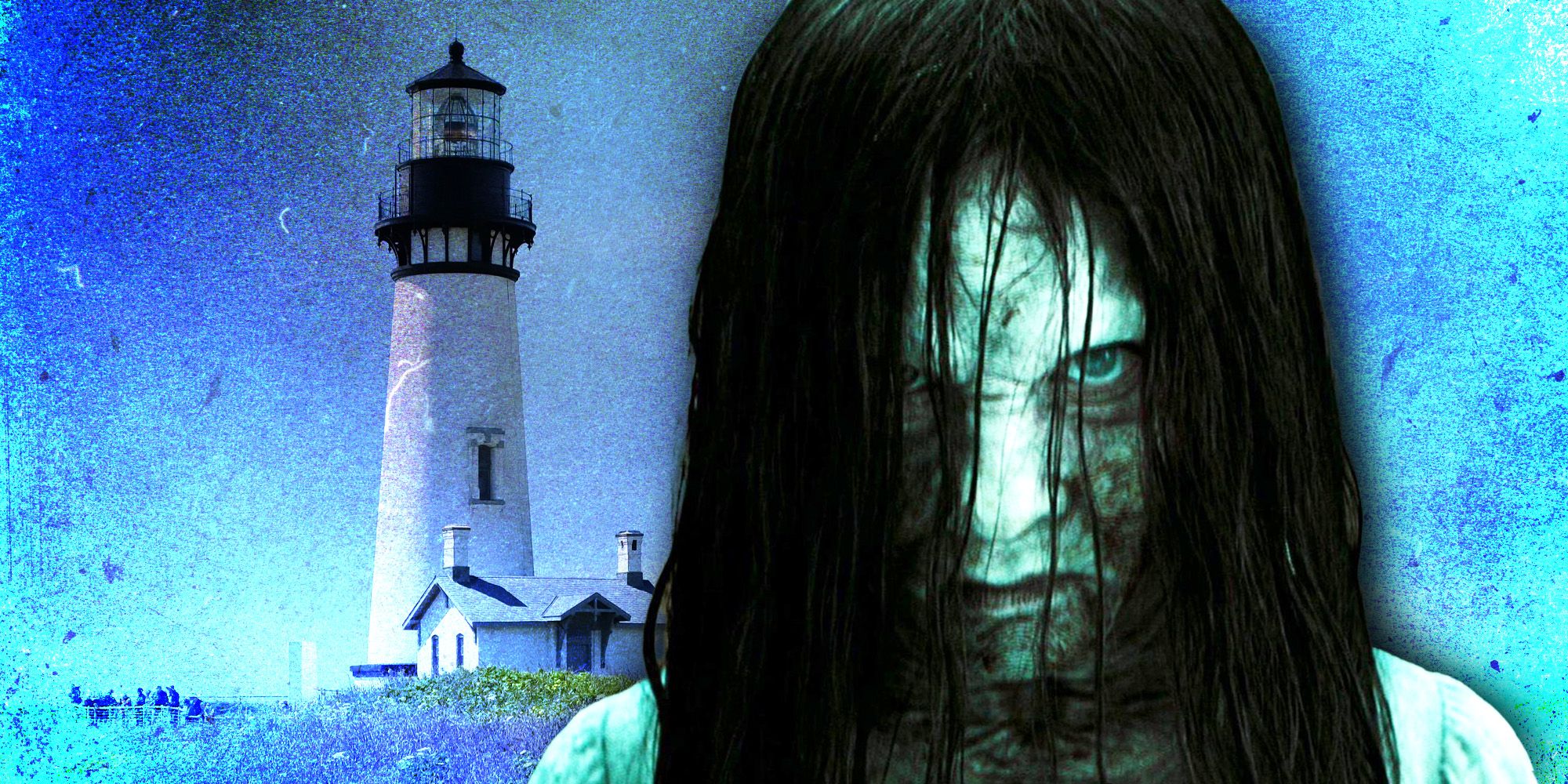
Related
The Ring's Moesko Island Is A Real Place — & The Lighthouse Has Its Own Ghost Stories
Moesko Island is one of the central locations of 2002's The Ring, and the real lighthouse where it was filmed harbors some horrors of its own.
The Ring Reveals That Samara's Mother Killed Her
Samara Lived For One Week In A Well
Once the duo arrive at the Shelter Mountain Inn towards the end of The Ring, they discover a well hidden there — the same well from Samara's tape. When Rachel falls into the well, she is overcome with visions of what really happened to the 8-year-old Samara. Evidently, Anna was also so overwhelmed and tormented by her adopted daughter's abilities that she plotted to kill Samara. In the vision, Rachel watches Anna dump Samara's body into the well. As The Ring movies reiterate, the young girl survived for seven days in the well. Samara's body then surfaces, prompting Rachel to bury her properly.
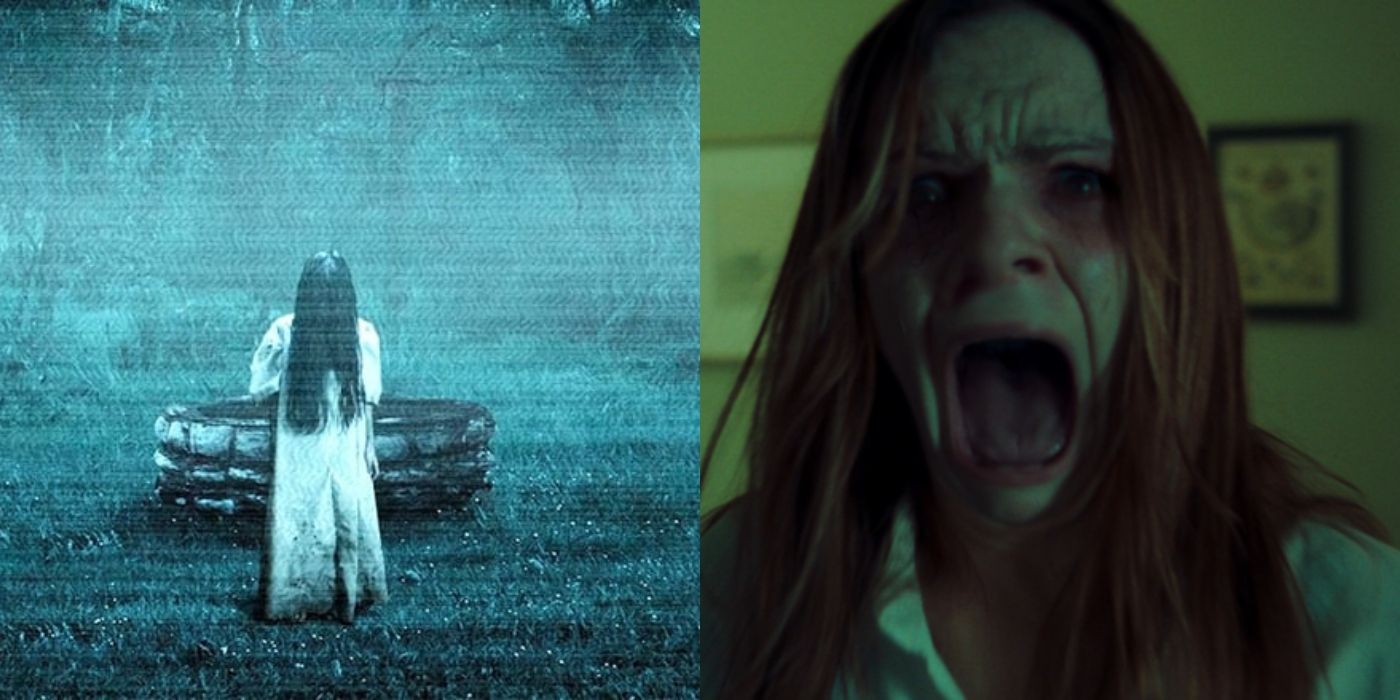
Related
The Ring: 10 Scariest Scenes In The Series, Ranked
The three films in The Ring horror franchise have no shortage of chilling moments that fans still think about today.
Samara Wins At The End Of The Ring
The Cycle That Spreads Samara's Evil Is Unending
The act of passing on the curse to save oneself is exactly what Samara wanted. The resentment and rage she felt for seven days before her death transformed her into a Yūrei, a spirit who could never experience a peaceful afterlife. That said, the ongoing chain of murder satisfies and emboldens her spirit, magnifying Samara's ability to imprint her rage onto the physical world. The ending of The Ring, the best Japanese horror remake, presents a truly compelling dilemma: Is it better to accept one's fate or let someone else take one's place? Either way, Samara wins.
Those who choose life are cursed in another way, as they must live with the knowledge that they perpetuated Samara's vengeful spirit...
Although Rachel is able to save Aidan's life by having him make yet another copy, a total stranger will be doomed in his place. This creates a chilling cycle, with Samara's targets either choosing death or to condemn someone else. Of course, those who choose life are cursed in another way, as they must live with the knowledge that they perpetuated Samara's vengeful spirit by replicating The Ring's tape. Similar to the Entity in It Follows, the curse spreads like a virus, suggesting that Samara's pain and trauma isn't contained to her own experience — it's passed on infinitely.
How The Ring Ending Was Received
Gore Verbinski's The Ring was a 2002 remake of Hideo Nakata's 1998 movie Ring, and the Japanese version was already highly regarded by the time the US adaptation arrived. This mean the ending of The Ring already had an uphill battle, as comparisons to the final moments of the original would be unavoidable. Mostly, the final moments of Verbinski's version of The Ring follows Nakata's, as both end with the reveal that copying the tape is the only way to survive, with Rachel/Reiko having the sudden realization ofter the death of Noah/Ryuji.
All in all, this worked for the ending of The Ring. The sudden reveal of how to survive the curse was a satisfying twist and resolution to the story (which was originally conceived in the 1991 novel Ringu by author Koji Suzuki). By not deviating from this aspect of the story, the final moments of The Ring were both satisfying and true to the source material. However, the praise for the movie in general was far from universal, especially as far as general viewers (especially those unfamiliar with the 1998 Japanese original) were concerned.
Overall, The Ring currently sits with a 71% critical score on Rotten Tomatoes, with a much lower audience score of 48%. For those that enjoyed the ending of The Ring, the greatest strength does seem to be that surviving the curse by copying the tape is a simple yet satisfying rule, and so the reveal neatly wraps up the story. This can't be attributed to Gore Verbinski or his version of The Ring, however, since it wasn't a narrative twist created specifically for the US adaptation. Outside of this, positive responses focus more on the visuals and scares than they do the final scenes when it comes to The Ring.
On the other hand, the negative responses often highlighted issues with both the pacing and narrative structure, with the end of the US version of The Ring factoring into multiple reviews. Many critics and viewers alike felt that the third act got far too bogged down in exposition, and that there were several points where the film could have ended (and would have made The Ring a much more satisfying story in the process). Critic Roger Ebert summed up the general sentiment incredibly well in his 2002 review:
There are a couple of moments when we think "The Ring" is going to end, and it doesn't. One is that old reliable where the heroine, soaking wet and saved from death, says "I want to go home," and the hero cushions her head on his shoulder. But no, there's more. Another is when Aidan says, "You didn't let her out, did you?" That would have been a nice ironic closer, but the movie spells out the entire backstory in merciless detail, until when we're finally walking out of the theater, we're almost ashamed to find ourselves wondering, hey, who was that on the phone?
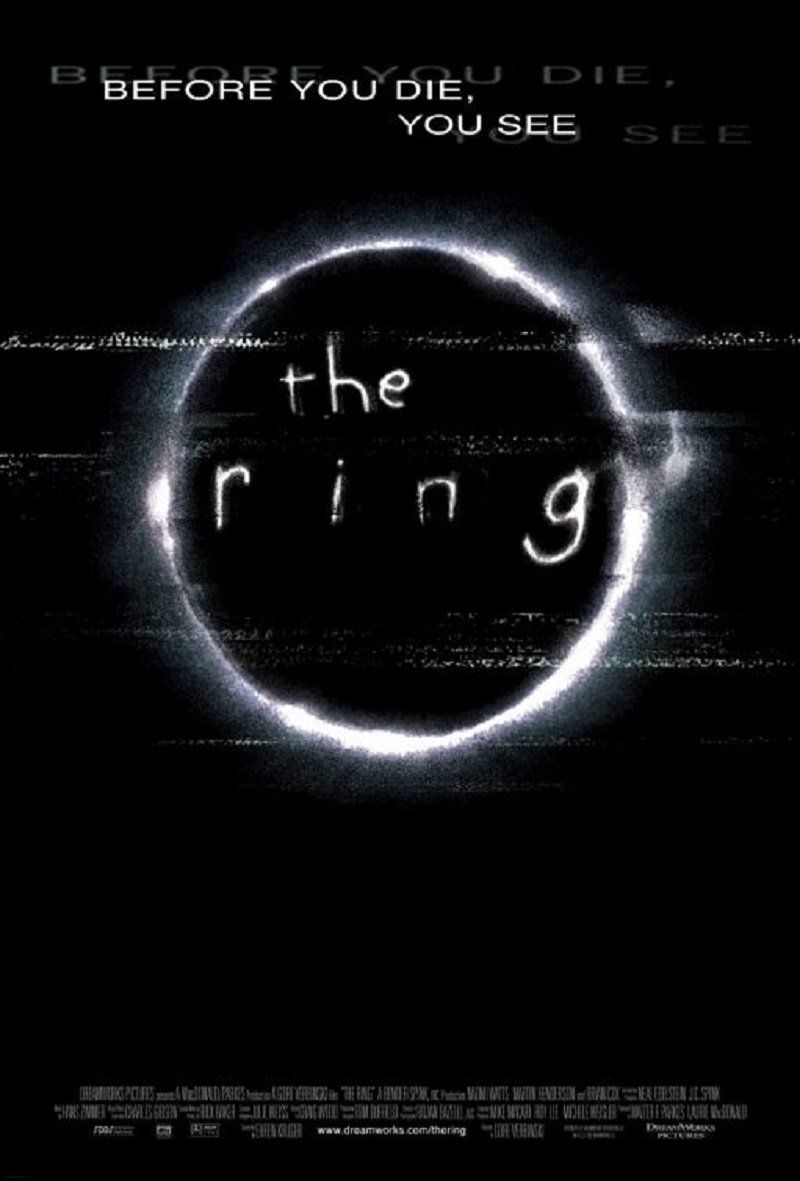
An American remake of the original Japanese supernatural horror film, Ring, The Ring follows a journalist who discovers she has seven days to live after watching a cursed videotape. Attending the funeral of a girl who dies under mysterious circumstances, the victim's mother asks Seattle journalist Rachel to investigate the death. After learning about the urban legend behind the video tape the girl watched, Rachel views the tape in the hopes of finding a lead - only to find herself succumbing to the same curse.
Director Gore Verbinski
Release Date October 18, 2002
Studio(s) DreamWorks Distribution
Runtime 115 minutes

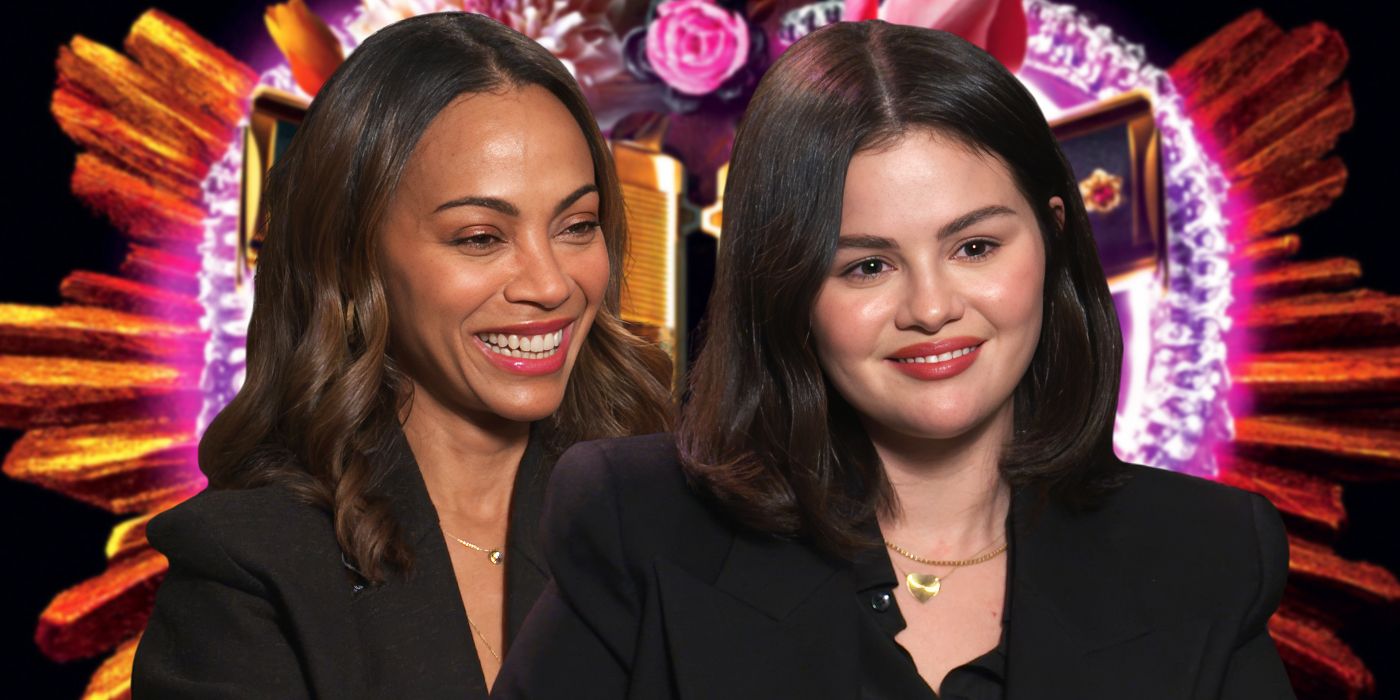



:quality(85):upscale()/2024/10/31/831/n/49351773/b7bf33836723d2f0643c55.51137847_.jpg)

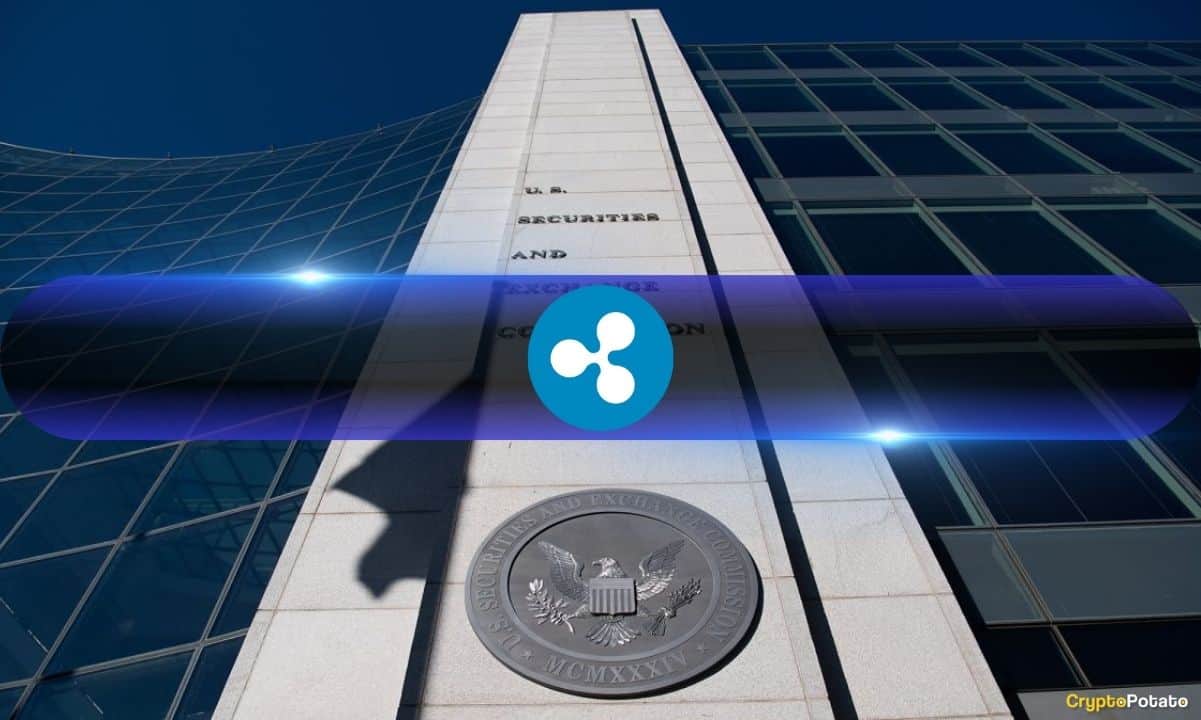
:quality(85):upscale()/2024/10/29/581/n/1922153/3f2adeb76720db8a0484f8.73093870_.jpg)
 English (US) ·
English (US) ·